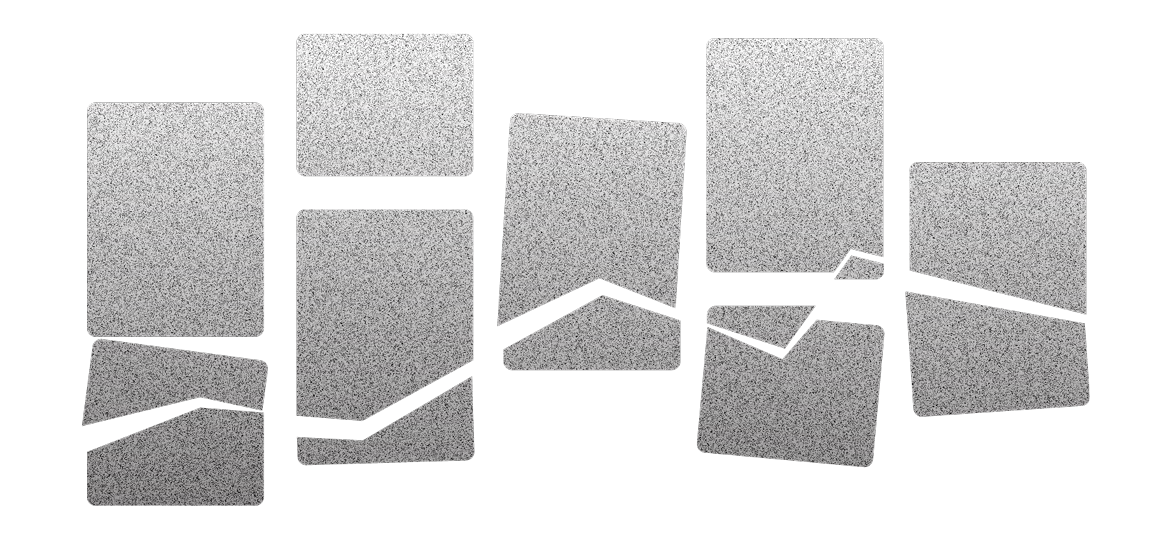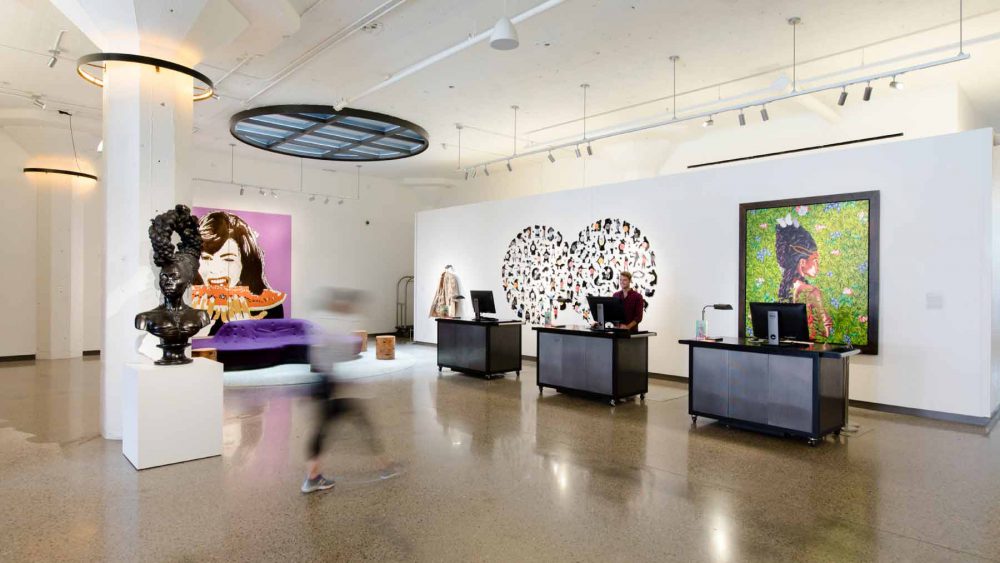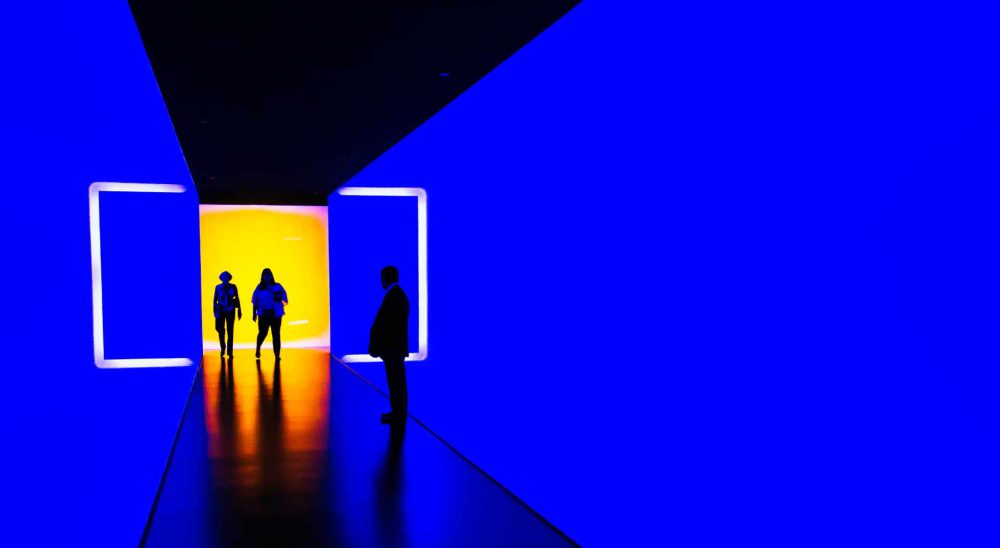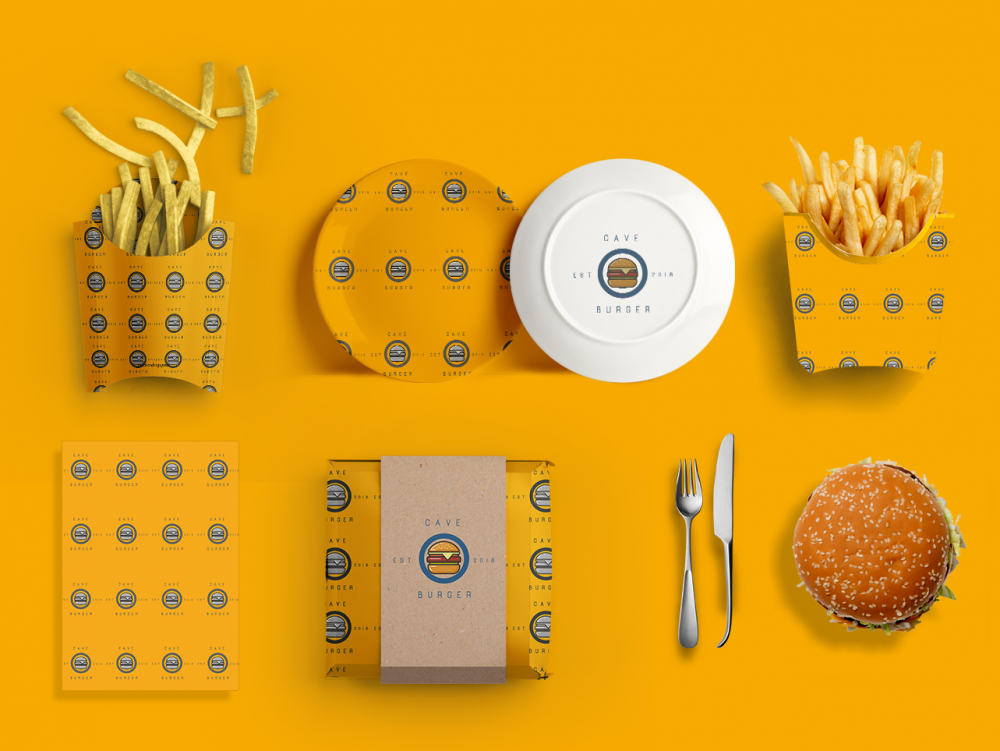Hotel Design Innovation, Where Did You Go?
September 3, 2021
Jeremy Wells
Last week I attended the HD Expo + Conference in Las Vegas, and it was a blast. I walked the floor, listened to panels, took notes, shook hands, and had some great conversations. Being the first conference I’ve attended since before the pandemic, I was just excited to be around humans again. I had the pleasure of meeting some past and current clients, friends, and colleagues while I was there as well. Truly a memorable and inspiring experience. I applaud the team at Hospitality Design for putting together such a great event, and I look forward to attending again next year.
What follows are my thoughts – not of the conference itself – but rather, the dire state of hospitality design. After two full days attending the conference, I left feeling immensely inspired. But, the inspiration didn’t necessarily come from what I saw, but rather by what I didn’t see.
Invention is not Innovation
During the expo, I saw a lot of interesting technology solutions, beautiful textiles, gorgeous furniture, and quirky decor. I saw ingenuity, inventiveness, and creativity. Yet, I didn’t see anything truly disruptive. I saw plenty of minor improvements to hotel trends, solutions, and designs that have already existed for years, but nothing really innovative.
There is an important distinction between invention and innovation. Innovation implies a radical departure from existing practice, something that creates a new type of product or service. But an invention can be, and is often, quite mundane: a modification of an existing device or a rethinking of an old idea.
This may be an unpopular opinion, but I would like to think I’m not the only one to perceive that hotel design has changed very little over recent years. Aside from a sprinkle of human-free tech, a dash of biophilic design, and a pinch of wellness amenities, it’s mostly more of the same. The same, overdone hotel product archetype is used year after year and it’s getting tiresome. Pinterest boards are overflowing with trendy motifs that make the launch of any “boutique” hotel nearly turn-key at this point.
The Boutique Hotel Design Formula
What’s the perfect formula for a “boutique” hotel? Well, it’s quite simple; (1) Use plenty of mixed materials (steel, brick, concrete), (2) Ensure you have contemporary art strewn throughout the lobby, (3) add a couple of pieces of uncomfortable furniture with vibrant colors, (4) add an edgy on-premise restaurant or rooftop bar, and (5) finish it off with a hipster name and cringe narrative. Wa-la! You have yourself a boutique hotel. It’s as easy as that.

It’s so formulaic, in fact, that every huge brand and corporation has hijacked the term “boutique” in hopes of getting a piece of the pie. “Boutique” has lost its meaning, just as “craft beer” lost its meaning over the last decade because huge brands like Anheuser-Busch, Coors, and many others began adopting the term.
“Safe bets are the killer innovation, and our industry desperately needs innovation.”
What’s more, it is hard for a newcomer to break away from the expected or status quo, because they feel pressured to do more of the same because it’s safe. Safe bets are the killer innovation, and our industry desperately needs innovation. Designing a hotel that allows people to experience new things and gain a new perspective all while staying near the places they love is at the heart of great hotel design. Yet, our industry has become more about profits and less about people.
Hotels are focusing too much on being interesting to people, and not enough on being interested in people. This has created a “one-up” mentality in design trends. It’s become more about us – the hotel – and less about them – the guests. We obsess over our competition and spend exorbitant amounts of effort trying to add more amenities, cooler spaces, or fancier tech.
“Oh, your hotel offers a hipster coffee bar in the lobby? Well, our hotel has a hipster, coffee and wine, vegan dog park. We win!”
While we’re all scouring Pinterest and Instagram trying to find the next coolest thing we can copy, our guests are yawning and peering beyond the noise to alternative accommodations. Things like Getaway, Cabana, Autocamp, and others. Lodging through Airbnb, Glamping Hub, and the likes. They are looking for something unique – not more of the same. The experience you provide matters more to guests than the expense it took you to provide it.
The experience you provide matters more to guests than the expense it took you to provide it.
So what? What can we do to fix this? I’m definitely not the smartest person in the room, but it’s my responsibility just as much as yours. Below are a few ideas that I think we should all try in order to bring innovation back into hospitality design.

1. Get Back to Human-Centered Thinking
Get to know people; your guests, your team members, your community. A little empathy and relationship in design can take you further than you may expect.
Let’s do a little more homework before we start diving into mood boards, concept books, and design decisions. Learn about the neighborhood that surrounds you, get to know the team you’ll be working with on a personal level, study your ideal guest until you have a crystal clear picture of who they are and what they care about. Ask yourself questions such as; “What is the human impact I could make through my design? How could I improve the work environment for the staff who works at the hotel? How can I engage the local community and add value to the neighborhood? How can I give the guests what they need in a package of what they want?”
Remember, we design to make places better for people, not just for the sake of cool design.
I fully understand that developments are dynamic, fast-paced, with many moving parts. When owners are breathing down your neck, and developers are trying to push the project through as quickly as possible, it’s easy to feel rushed into making important design decisions – or even worse, feeling indifferent about the decisions we make. Let’s fight the tendency to settle for “good enough” and ensure we’re focused on human-centered hospitality.

2. Take a Break from Pinterest
In my experience, Pinterest can be a great resource when it comes to inspiration for sharing contemporary, clean designs. However, it’s easy to get swept away by the sea of the same, the thousands of pins that appear each day.
Overdone, nothing new, boring design.
As a result, it can be easy to forget about the artistic licenses designers should be taking with their surroundings. If you’re not careful, you start to lose focus on certain projects when you start following the same group of people. Instead, I try to get inspired by traveling to new places and spending time in new situations — going to art shows, reading books, immersing yourself in nature, and visiting new spots.

3. Look Elsewhere for Inspiration
Expanding your view expands your imagination. If you limit your view to a small area, you limit all the new things that can fill in that blank space and give you fresh ideas. Imagine how much more informed you’d be if you went outside the four walls of your hotel and learned about new industries, cultures, and ideas — even if it were only through reading an article in a magazine.
Be willing to put in the work to learn something new about an industry you’re not familiar with or study ideas that stretch you. In doing so, you’ll create an environment to learn as much as you deserve to learn, gain new perspectives, and getting inspired.

4. Don’t Be Boring – Take Risks
Hospitality design is a tough field, and many hotels struggle to meet the demands of investors, guests, and employees. A funny thing about the hotel industry is that while everyone is focused on improving their bottom line, few seem to take any risks. The reason for this isn’t hard to understand: most hotel owners want to protect their investment by staying within the lines established by the debt backing them and industry standards. But this doesn’t leave much room for innovation.
Too many hotel designers are too safe, too regulated. They don’t feel the need to go out and just play in the rough and tumble of the hotel industry. The truth is, failing to take risks can sometimes be fatal. Don’t be afraid to fail. Take on creative thinking, and work with people who think the same as you do.

5. Question the Status Quo
One of the hardest parts of being a hotel designer is questioning the status quo. Once you accept a norm, it’s very difficult to challenge that. When it comes to design choices, many people just mindlessly make decisions based on what everyone else has done before them. But that’s not good for anyone.
One of the biggest mistakes young designers make is assuming that because everyone else is making the same choices, it must be right. Asking “why” and “why not” is something that hoteliers and designers should do constantly, as it’s the only way to keep innovation alive.

6. Limit Inputs
The reality is, too many decision-makers can stifle creativity. According to research from Wharton School of the University of Pennsylvania‘s Kurt Badenhausen, “in the presence of many stakeholders, initial ideas are more likely to be discarded and the quality of output suffers.”
There is power in a small group of committed people. It’s what made the Apollo missions possible, and it’s what keeps the Ford Motor Company running. Too often we get bogged down in trying to fit multiple opinions into our projects. As a result, we get stuck making design decisions that are too safe or are trying to please too many stakeholder interests. We can’t please everyone, and that pressure isn’t conducive to innovation. It’s not an environment that fosters new ideas or protects your creative vision; it’s one where the status quo is preferred over radical change.
A Final Word
My hope is that a mindset of innovative thinking has been sparked, or reignited in you as you’ve read this. I certainly don’t have all of the answers, I’m rarely the smartest guy in the room, and I’m still in the middle of my own journey. But, let’s stop pretending we have to have all of the answers. Humility and courage can take us further than our ego and fear of failure ever will. It’s okay to not have the perfect answer, but it’s not okay to settle for “good enough” when just a little more intentional effort can take us to new places. Let’s take more risks, and turn away from the status quo. As Peter F. Drucker said, “If you want something new, you have to stop doing something old.” We can all do better, so let’s try.
Jeremy Wells
Partner at Longitude°
Jeremy is the author of Future Hospitality and Brand Strategist at Longitude°. As a member of the Education Committee for The Boutique & Lifestyle Leaders Association (BLLA) and a content contributor to Cornell University’s Hospitality Vision and Concept Design graduate program, he is a committed thought leader in hotel branding, concepting, and experience strategy.






